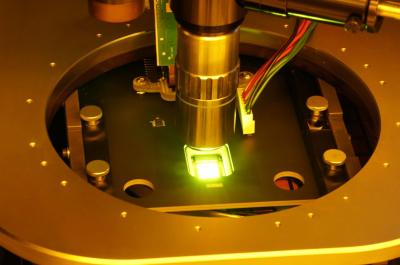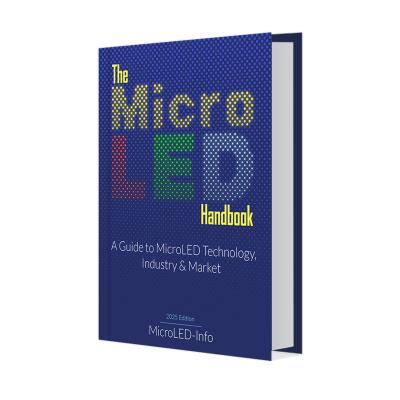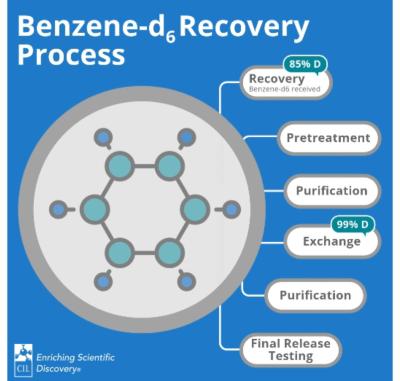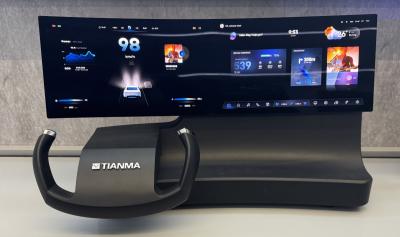LG Display's latest WOLED panels reach 4000 nits, the company details the META 3.0 technology behind it
Last week LG Electronics officially launched its 2025 OLED TV range, where some of the high-end models reaching 4,000 nits. LG Display today unveiled the technology behind these new OLED displays.
LGD's so-called META 3 WOLED panels (which are the company's 4th-gen WOLEDs) achieve 33% higher brightness to each a maximum of 4,000 nits. The new panels adopt a new stack structure that has two layers of blue emitters and two more layers, one with red emitters and one with green emitters. LGD refers to this architecture as a "Primary RGB Tandem structure".







